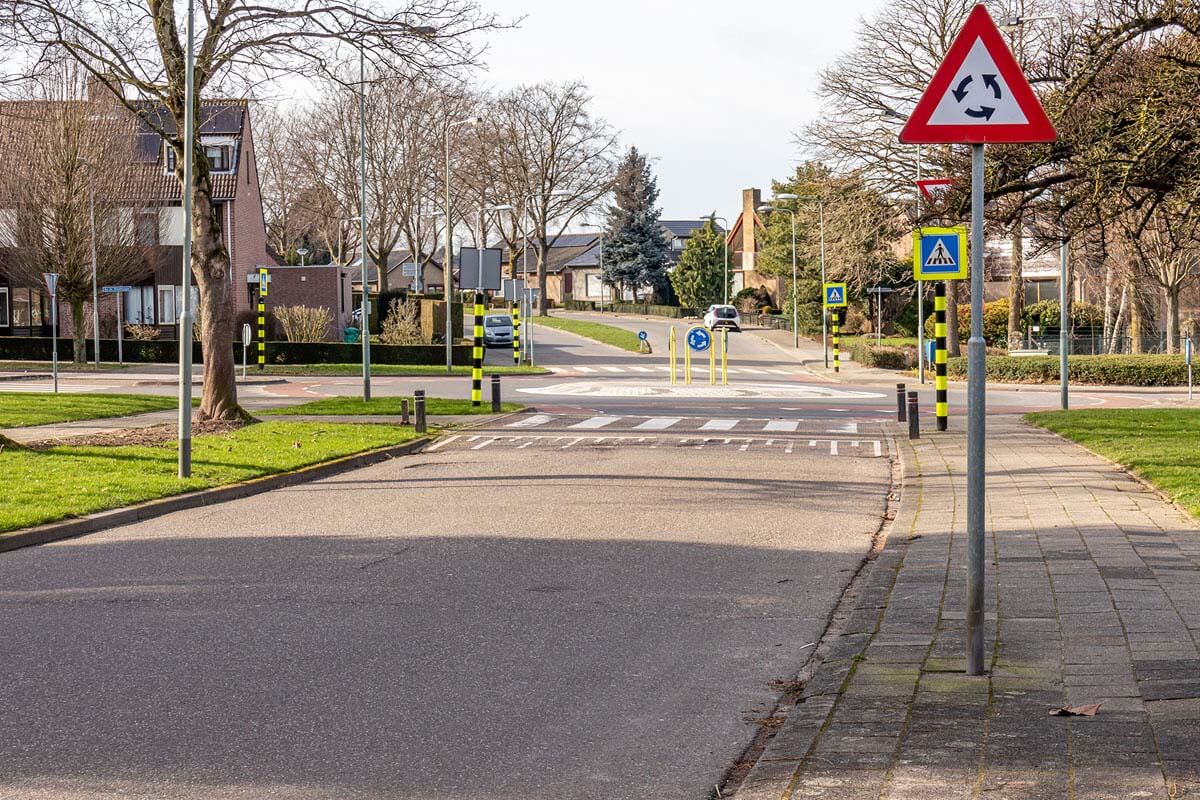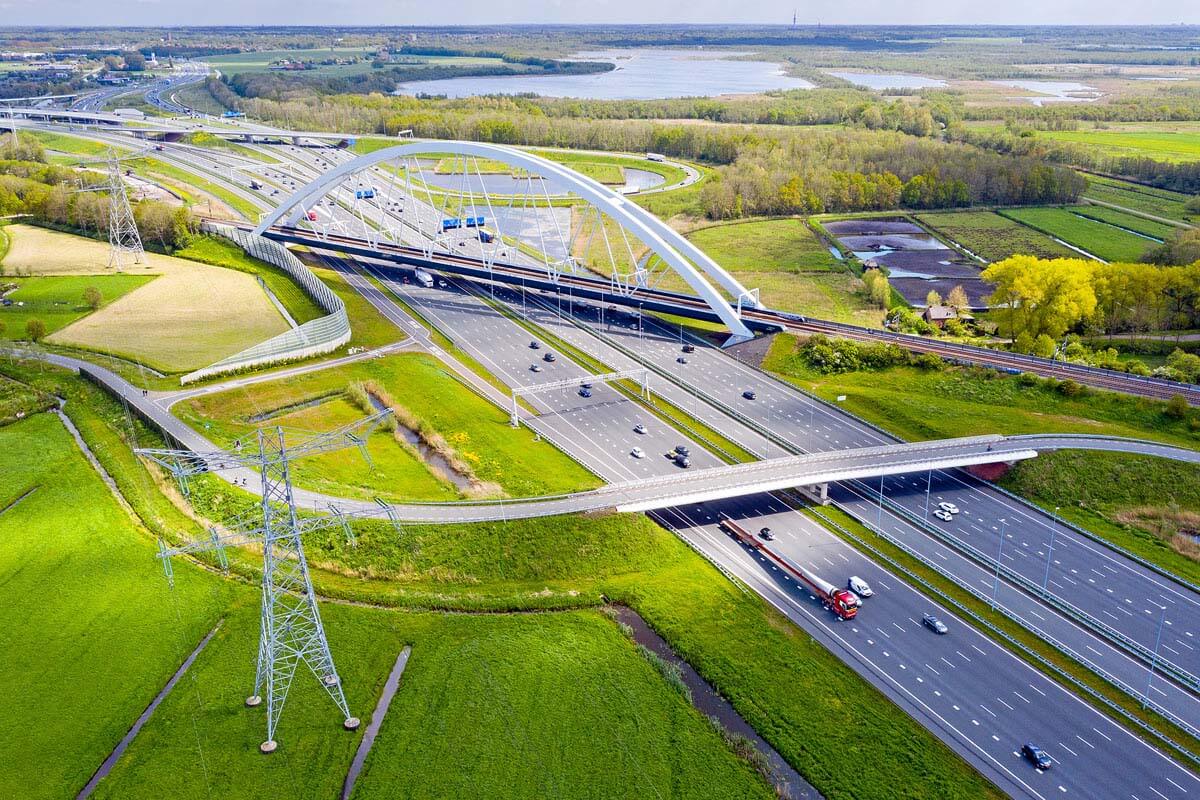Central assetmanagement: accept only one truth

Michael Weggemans
Business Manager OverheidData exchange in the year 1823. A carriage full of yellowed parchments rides from location A to location B along a pockmarked cobblestone road. Along the way, a stop is made to supply the horses with oats and water. Takes a long time. Data exchange today. Stakeholders collaborate en masse from a single source. Not a kilobyte of information in the Dutch data landscape is duplicate. Yes, I am dreaming. In government land, however, I see more and more happening to achieve this ultimate goal. In this blog, I describe a very ambitious project that takes the level of data collaboration within Dutch governments to the next level: the 1GIS project.
Unifying asset databases
The Rijkswaterstaat (the dutch governmental agency that is responsible for road management) 1GIS project aims to bring together three source databases for assets: the Digital Topographic File (DTB), Kerngis Droog (KGD) and Beheerkaart Nat (BKN). After the completion of this project, only one database exists in which all infrastructure assets can be found. Before the project began, there was increasing overlap between the three databases, so it was decided to merge them.
The reason for the project is very recognizable to anyone who works with data, both inside and outside the government. There are multiple data sources that resemble each other. This creates unnecessary and duplicate work in terms of management and increases the risk of inconsistent data and inconsistent processes. This creates control work that, in an ideal situation, you wouldn't have to perform.
This means that you have to do more work to manage the data.
Better collaboration with stakeholders
The 1GIS project is an excellent example of a step toward excellent data collaboration. In the current situation, there are three databases managed from seven different regions. The management processes differ in detail between these seven regions. Rijkswaterstaat is now going to centralize the management. With the aim of eliminating the risk of multiple truths and preventing overlapping data. This will simplify data management.
Text continues below image.

There are many parties involved in everything that takes place in outdoor space. This also applies to the infrastructure assets that Rijkswaterstaat manages. External stakeholders who win a construction tender are obliged to supply asset data. They therefore use and generate data for the DTB, KGD and BKN. In this situation, the aforementioned management risks not only affect Rijkswaterstaat internally but also external stakeholders. This makes the gains to be made from central management even greater.
Status of the 1GIS project
Bringing together three source databases does not happen overnight. The first step is to develop an FME script that will enable error-free migration of all data. The FME script developed for the project consists of a chain of workspaces, each handling its own step in the migration process. A workspace for creating a data model, a workspace for geometry handling and a workspace for 2.5D processing, for example.
Text continues below image

Every project has major challenges. In the case of the 1GIS project, one of the biggest challenges is implementing the migration rules. Processing the planar geometry and correcting the level value per database also need extra attention. The project team (including three GIS Consultants from Tensing) has now overcome these challenges. Currently, the project team is busy optimizing the handling of the 2.5D processing and the topology.
The project team has now offered a number of themes for acceptance to users, as a test case. As far as I am concerned, this is a good first step toward uniform data usage in government.



.png)